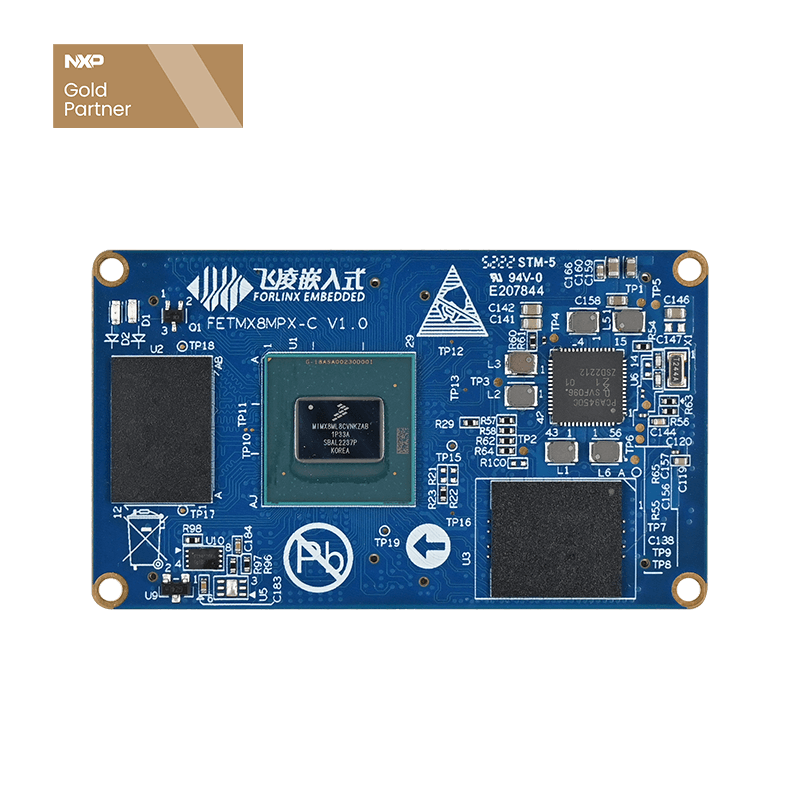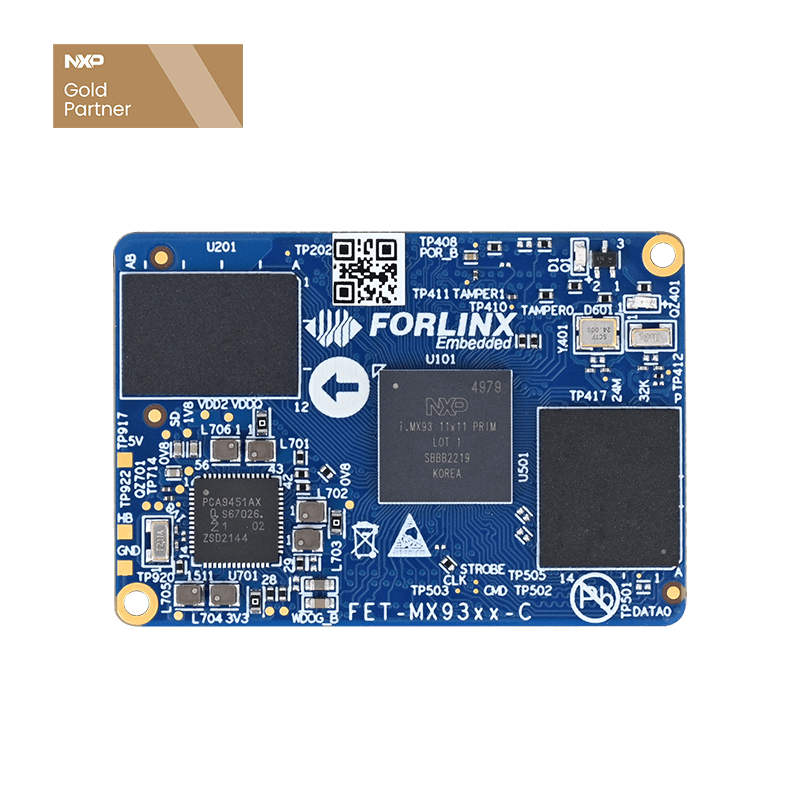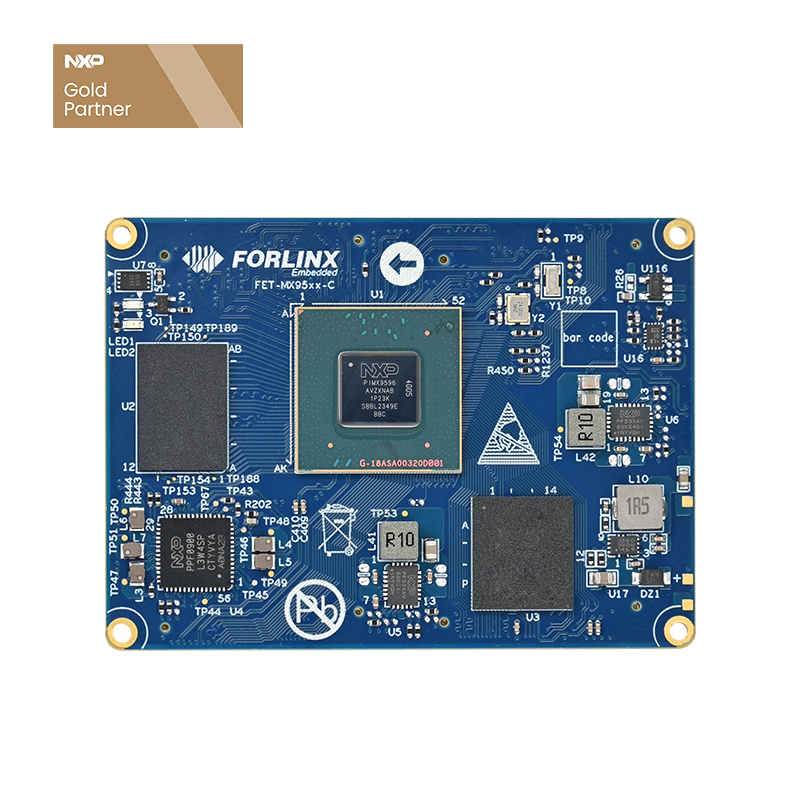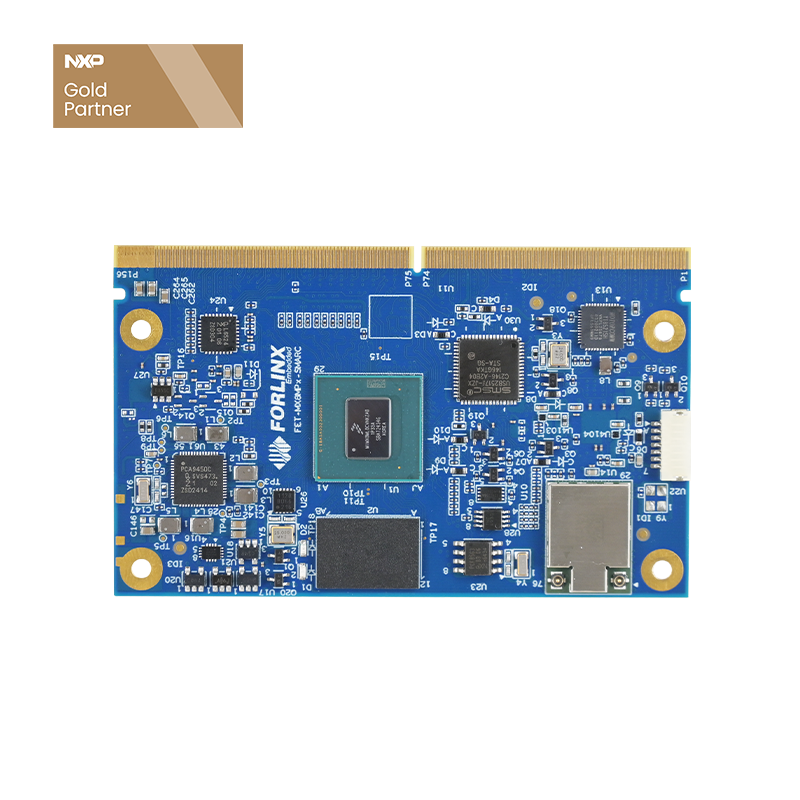
Stability Testing: The Key to Ensuring Long-lasting and Stable Operation of Smart Devices
In the modern era of intelligence, embedded circuit boards are the core components that support the stable operation of various smart devices, making their performance and reliability crucial. However, prolonged operation, frequent power cycles, or restarts may lead to occasional anomalies due to aging, electrical parameters reaching critical values, or unreasonable software logic design. These anomalies can cause devices to fail to start or reboot normally, significantly reducing reliability and stability. To validate the reliability of devices during prolonged operation, multiple power cycles, and restarts, stability testing has become an essential step.
Forlinx Embedded has three R&D laboratories: the Physical Environment Lab, the Electromagnetic Compatibility Lab, and the Stability Lab, which host multiple testing projects to simulate various extreme conditions in real-world applications, ensuring products can operate stably. The Stability Lab specifically focuses on verifying the reliability of embedded circuit boards during prolonged operation and multiple power cycles. Stability testing is primarily divided into cold start testing and hot start testing.
Cold start testing examines the power cycling process of the device over a specific period, typically conducting up to 10,000 tests. Before the test, Forlinx's testing engineers set reasonable startup and cooling times based on the actual device conditions and use a programmable power supply along with automated testing software to ensure accuracy and efficiency.
Hot start testing involves executing reboot commands while keeping the device powered on, conducting 1,500 tests. During each test, engineers check various interfaces, including WiFi, 4G, USB, TF cards, and network interfaces, to ensure they function correctly during device restarts. To ensure traceability, testing engineers record daily testing counts and interface statuses, maintaining comprehensive experimental logs.
The results of the stability tests on embedded circuit boards provide valuable insights for improving product reliability. Cold start testing verifies whether the device's power circuit stability meets design requirements, while hot start testing checks the normalcy of the operating system's shutdown and startup processes, including the correctness of the shutdown and startup logic. Engineers use these test results to make targeted improvements in design and quality, continually enhancing product reliability.
Additionally, stability testing is a crucial assessment method for determining whether a product can meet its design lifecycle. It ensures that embedded circuit boards operate consistently throughout their lifecycle, providing users with lasting and reliable service.
In conclusion, stability testing of embedded circuit boards is a key factor in ensuring the long-term stable operation of smart devices. Through rigorous testing processes and precise result analysis, we can not only promptly identify and resolve issues but also provide robust support for continuous product improvement and optimization.





